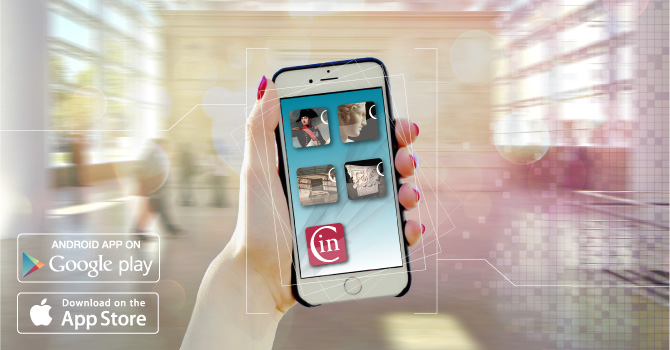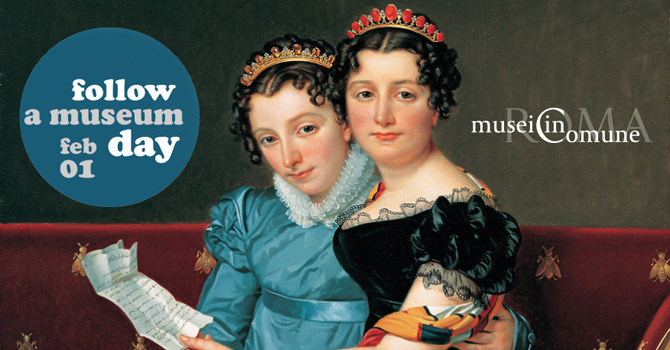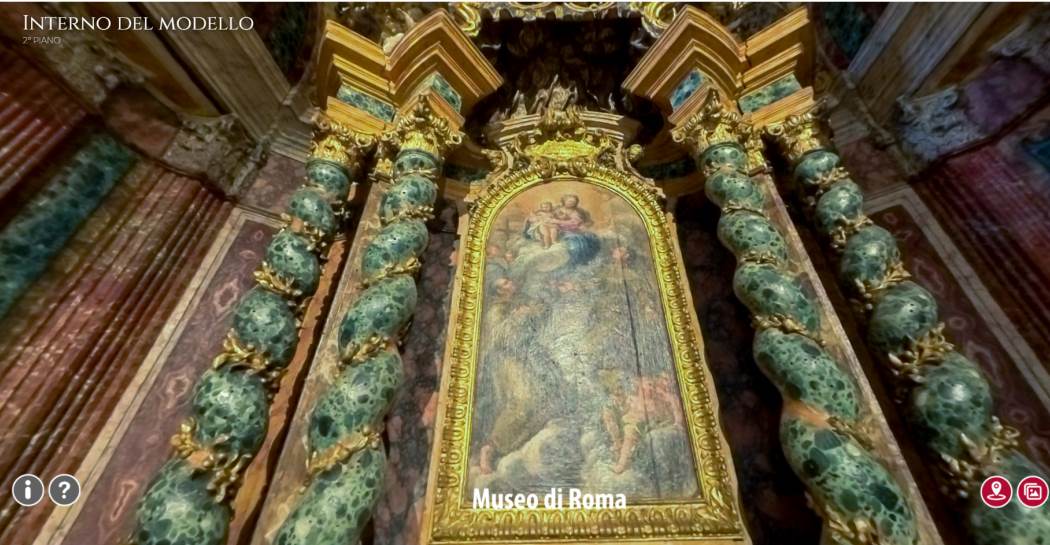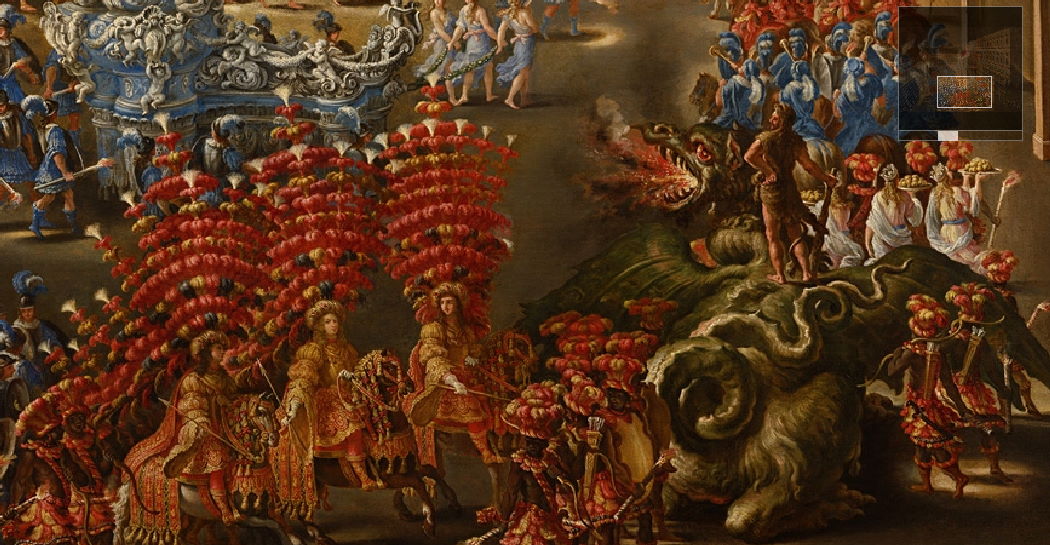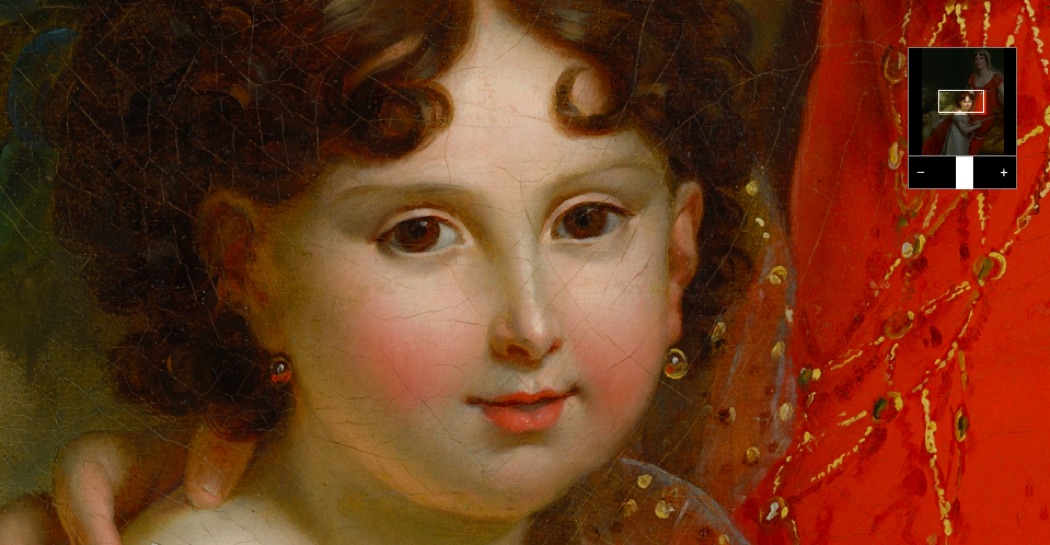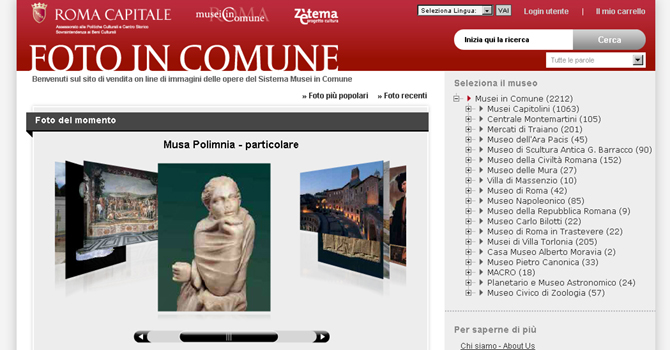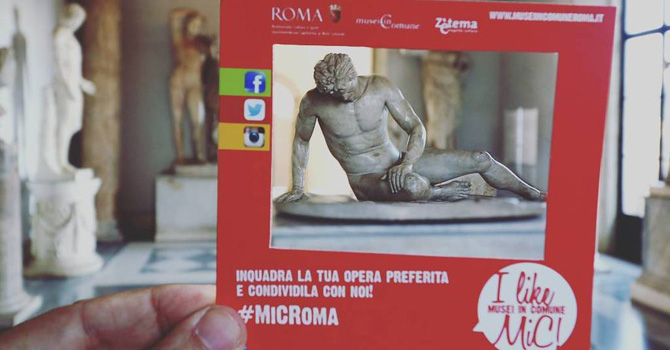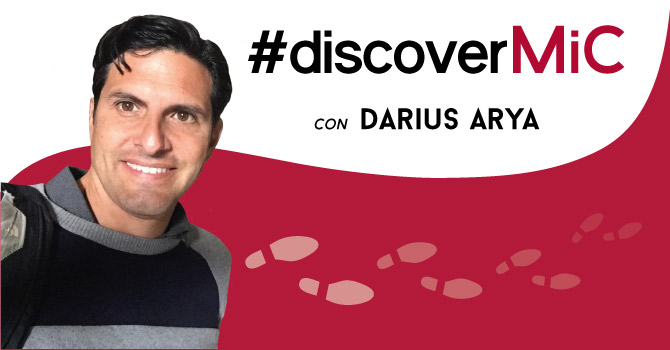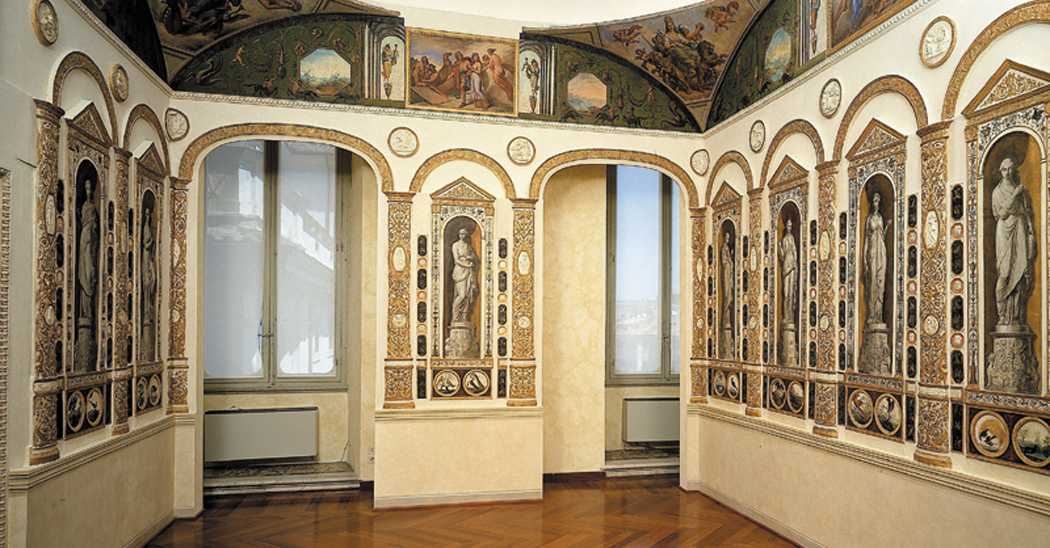Ceramics
Una cospicua raccolta di circa 2000 esemplari ceramici interi e varie migliaia di frammenti altomedievali, medievali e moderni costituisce una documentazione esaustiva della produzione romana e delle tipologie importate da altri centri italiani.
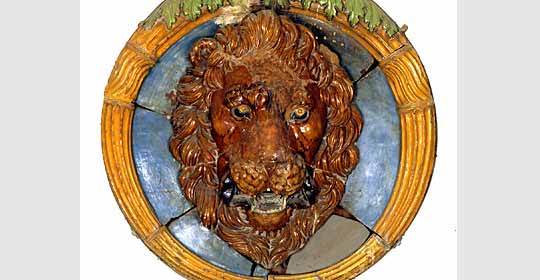
A remarkable collection of approximately 2000 examples of intact pottery and several thousand late middle-age and modern fragments provide exhaustive documentation of Roman ceramics and important types from other Italian centres of production. The pottery comes, to a large extent, from archæological excavations or diggings in connection with demolitions. The collection of pitchers with a brown glaze decorated with motifs in relief is quite interesting. It can be dated to somewhere between the 11th and 10th century. A splendid vase is part of this series and its decorations include Hercules and Mercury between two niches. A rich repertory of different types of pottery shows the evolution in techniques, forms and decorations in Roman pottery between the 12th and 13th centuries. These show the influence of Arab culture that was present in Sicily and the South of Italy. The collection also shows the Renaissance production. An economic recovery and an increase in the demand for pottery led to a multiplicity of forms and a richer repertory of figures. Brilliant polychrome works were produced, influenced, in part, by other areas such as Deruta and Faenza. This golden age has yielded plates and pots decorated with the coats of arms of the noble Roman families: the Colonna, the Orsini, Savelli. Other plates are decorated with landscape motifs in cobalt blue and they are precursors of Delft pottery. Various small pots come from restoration work in the Hotel dell'Orso in 1936. Numerous ceramics from the 17th and 18th centuries bear the coats of arms of various Popes. One plate bears the coat of arms of Paul V Borghese, a small pot has that of Clement IX Altiere, a ceremonial plate those of Innocent X Odescalchi, Innocent XII Pignatelli or Clement XII Corsini. There are several examples of the so-called "hospital pottery": bowls, saucers, vases, small jars with the marks of the Roman hospitals and dating back to a period around 1506. They were for hospital patients. At that time, three hospitals were unified: S. Maria in Portico, Santa Maria delle Grazie and Santa Maria della Consolazione. Various panels have survived the demolition in 1939 of a 16th century building. Made of terracotta, they decorated the façade, reproducing the Gorgon, a marine creature and floral garlands. Formerly at Villa Rivaldi, six large medallions made in the Della Robbia workshop, reproduce the exploits of the Medici: the ring, the yoke, and the three plumes. Among the pottery for spices, there is a large 15th-century majolica jar, similar to others kept at the Museum of Medical Art, bearing the coat of arms of Cardinal Antonio Barberini. The Museum has a small series of bisque statuettes produced during the final twenty years of the 18th century in the workshop founded in Rome, by the engraver Giovanni Volpato from Bassano. The statuettes reproduced the most famous classical sculptures in the Roman collections, such as the Hercules and the Farnese Flora, the Venus of the Capitoline Museum or the Apollo of Belevedere. They were designed to satisfy the passion for antiquity of noblemen, men of letters, artists as well as Italian and foreign collectors. The dinner service consisting of 12 pieces is quite interesting. It is decorated with figures and scenes taken from the prints of Pinelli, produced in Pesaro. There are various works of Roman pottery makers and from the workshop of Randone from the end of the 19th century and the first decades of the 20th.
































